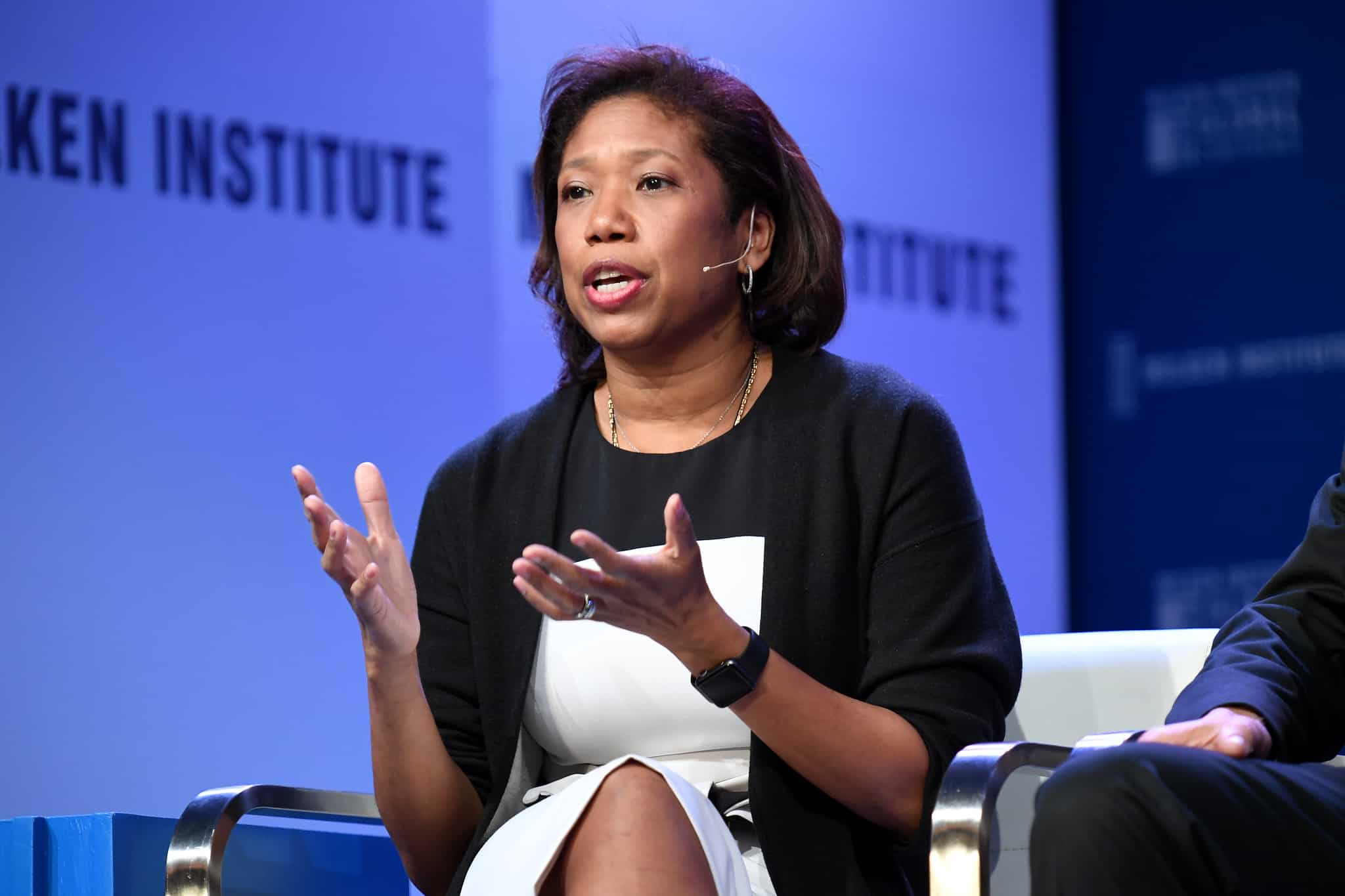Pension funds looking to change behaviours towards a long term investing orientation could take heed from foundations in how they report to their boards about performance.
The $3.5 billion Carnegie Foundation doesn’t report quarterly numbers and at its board meeting it doesn’t discuss performance at all, according to CIO Kim Lew speaking at the Milken Global Conference in Los Angeles.
“We never provide a quarterly number to the board, the shortest time frame is a rolling one year performance number. No one has ever asked me about quarterly performance,” she said.
“We don’t discuss performance at board meetings and we are benchmark agnostic. When I present at board meetings I only ever use 10-year rolling numbers. This focuses the conversation on the long term.”
But for some investors there are practical reasons that hinder such practices, delegates at the conference heard.
Hiro Mizuno chief investment officer of the $1.6 trillion GPIF of Japan said that the media in his country puts pressure on the fund to report performance on a quarterly basis.
“From the day I started as CIO I was advocating we end quarterly reporting. But the media says that’s going backwards on transparency. I argue transparent for whose purposes? Quarterly reporting doesn’t mean much,” he said. “It took me four years to convince everyone not to have a quarterly media meeting and we have just stopped that, but we still do quarterly reporting.”
Having said that the GPIF, which has a 100-year time horizon, is doing plenty to align itself with the long term. The fund owns 10 per cent of the Japanese equity market and 1 per cent of global equities and acts as a universal owner.
“We own the capital markets, and we can’t beat ourselves. So we look at it as being a universal owner,” he said.
But size comes with some disadvantages, he says. In the fourth quarter of 2018 the GPIF incurred a loss of $150 billion.
“People think it is a luxury managing that amount of money and not having to pay out for 20 years. Our role is to make sure the portfolio is sustainably managed over the next 25 years,” he said. “All of us are universal owners, no one can make enough alpha to cover the loss experienced in a systemic crisis like the GFC so we need to work to make the financial system more sustainable. It is easier to communicate what we’re trying to achieve by asking managers to integrate ESG.”
World Bank and GPIF partnership
The GPIF recently teamed up with the World Bank in a partnership that will see its fixed income managers accessing the World Bank’s green bond issuance.
The World Bank was the first to issue a green bond, back in 2008, and now it is a $170 trillion asset class.
“ESG is a bit harder in fixed income so we created a structure where all managers have access to World Bank green bond issuance,” Mizuno said. “Making it more explicit is a way to communicate we want ESG in investments.”
Jingdong Hua, the World Bank Treasurer who also looks after the World Bank’s $27 billion pension fund, says collectively overcoming systemic risks should be a focus for investors.
“Sustainability is in our DNA. We are steering strategic conversations and using our balance sheet to steer the conversation towards that.”
Hua said that sustainability is a global issue that should be addressed collectively.
“800 million people don’t have enough food and two billion people don’t have access to clean water. These are relevant numbers to solve the SDGs. Sustainability impacts all of us,” he said. “In our pension fund we are incorporating ESG in everything including private equity. We have to turn SDGs into attractive asset class and look at how to collectively make a difference.”
He pointed to the green bonds as an example of the power of change.
“We are committed to asset class creation. After 150 green bonds issues we can create a standard, and if can share that with a larger community that’s a great opportunity. Asset owners and capital markets have to work with developing countries.”
Carnegie’s Lew said the investment committee picks long term issues it deems important, such as demographics, contagion or ESG, and then looks at how to invest including picking managers which are thinking about those issues. But she was underwhelmed by her ability to impact the market.
“Historically we have made more of our money in manager selection that in asset allocation, have stayed stagnant in asset allocation. We have the power to choose managers but not to change the market.”
The GPIF’s Mizuno encouraged her, and other smaller investors, to be empowered to make a difference.
“If smaller funds don’t think they can make a difference then together we won’t make a difference. We have to share the idea that we can all impact together. We pay too much attention analysing things we won’t be able to know such as what interest rates will be in 10 year’s time. But we can look at long term issues.”


